Introduction to the Crown Court
execution barrister and the defense barrister usually with solicitors behind them taking notes what’s going on y’all attorney tom here today i’m going to be reacting to a video about the crown corp the crown court is essentially the english and wales equivalent of a criminal district court where criminal cases are tried and while it is my understanding that there is a lower form of courts in the english system called magistrate courts and these courts do handle some criminal matters if a case needs to go to trial it gets elevated to the crown court so while we are right in the middle of reacting to the trial of tim heidecker on this channel around watching these movies please direct your comments to the bench and not to other countries how would you describe it judge a man who sits around watching movies all day these sleepless in seattle hobbit movies is that a winner it’s better than killing people that no that’s that deserves a punishment right there and i thought this would be a great opportunity to observe how the criminal justice system works in england in wales and compare and contrast the differences i imagine there’s going to be a lot of similarities because american jurisprudence derives from this system the common law system [Music] which we took from the british let’s jump right into it
Role of the Judge and Jury
i am the judge and it’s my job to interpret and uphold the law yeah so i know what the judge said might seem minor but this is actually true and it’s important to note that this is the same in america as well so the judge’s job is to interpret the law answer any questions of law the jury’s job is to answer questions of fact what i think a lot of people don’t necessarily understand is the jury does not interpret the law they only interpret the facts the judge is going to be the one who is going to be answering questions of law throughout the entire trial a question of law might be something simple as hey judge is this piece of evidence admissible which is a decision about the rules of evidence a question of law which would then decide what facts the jury then hears these are two separate things all right let’s keep going we’re learning things
Key Court Participants
people present during a trial at the crown court are the pros i don’t really know what an usher is we have court clerks execution barrister and the defense barrister usually with solicitors behind them taking notes so this is the first big difference we see in england there are two different types of lawyers barristers and solicitors and they are completely separate barristers are essentially trial lawyers these are the individuals who speak at court solicitors are kind of like transactional lawyers these are the people who are behind the scenes they don’t go to court or they don’t speak in court but they are gathering evidence they do document reviews they put together business deals they write wills that kind of stuff and to be totally candid with you i think the american system is way better for individuals who want to pursue a career in law in america we don’t have these differences you are a lawyer so in america as a lawyer i’m licensed to do everything i can defend someone in criminal court i can be a trial lawyer in personal injury court i can put together a business deal i can execute a will i can do it all there is no difference it’s something that i would be really curious to know having never been to britain and knowing a barrister and or a solicitor is for barristers going to trial is such a narrow focus i mean how often are you actually in trial i myself pride myself on being a trial lawyer but 99.9 of the work we do is outside of the courtroom so where does the line between barrister and solicitor stop or where is the line one point for america before anybody writes a mean comment forgive me i’m just trying to have fun but just from an outside perspective i think our system is better
Courtroom Setup and Defendant’s Position
solicitors behind them taking notes and the jury the defendant will sit in the dock and be present during the trial so that doesn’t happen in america in america the defendant is going to sit at the council’s table with the defense lawyer let’s go back a little bit defendant will sit in yeah so if you can recall from the trial of tim heidegger tim is sitting at the same table as his lawyer and even though he fires his lawyer on the very first day that is where he sits let’s keep going the dock and be present during the trial it is at my discretion whether or not there is a public gallery so that’s different in the united states judges generally don’t have a choice whether or not to allow individuals into the courtroom there’s essentially a right to having an open court system where anybody can come and watch the parties can make that trial not accessible to the public in person but generally if you do that you have to compensate in another way such as having the event on television or live streamed so the public can watch
Jury Instructions and Trial Process
after the jury has been sworn in i address them directly i inform them that it is for them to decide if the evidence they are going to hear proves the defendant’s guilt i also inform them that it is their job to consider the evidence not the law and that i will guide them if necessary on points of law same thing in america what i was just speaking the jury is the finder of fact and the judge answers questions of law i am the next person to address the jury i introduce myself and explain that i appear on behalf of the prosecution in this case and my learned friend who i name appears on behalf of the defense i then outline the prosecution case explaining each offence and the evidence the jury will hear in proving this which would be the opening statement i will state that it is the prosecution’s responsibility to prove beyond any reasonable doubt that the defendant is guilty of the offence that they are before the court for same standard beyond a reasonable doubt same standard that we use in america for proving criminal cases
Examination of Witnesses
i will introduce the first prosecution witness i will then ask a series of questions with regards to the evidence they have given in a statement to the police this is known as examination in chief upon very interesting so the prosecutor the prosecutor barrister is allowed to give his opening statement and then move on to his case in chief in america the prosecutor gives their opening statement and then the defendant has the right to give their opening statement in the past it was the prevailing theory to just go ahead and let the prosecutor present their case in chief before the defendant got up and began their case but this has been totally disproven and now the dominant trial theory for the last 30 years or so has been to address the jury immediately after the prosecution gives their opening statement so the prosecution gives their opening statement then 99.9 percent of the time the defense will give their opening statement and then the prosecution will follow with their case in chief and the purpose for this at least the thinking in the american system is juries are regular people they develop biases so if you don’t allow the defendant to give their side of the story from the very beginning well by the time the defense gets up there to give their statement it might already be too late the jury might already have made up their mind first impressions are so important also we don’t have to wear the wigs or the big robe we just wear suits
Cross-Examination and Re-Examination
on completion of this the defense may ask the witness a series of questions this is known as cross-examination upon completion of the cross-examination i may be given the opportunity to ask a further series of questions to the witness this is known as re-examination i will continue to call witnesses until all the witnesses have been called their witnesses are standing usually witnesses sit in every courtroom that i’ve been in at least it’s done i will announce to the court that this is the case for the prosecution
Motions and Case for the Defense
at this point in the case i may make an application of no case to answer to the judge stating that the prosecution has not raised sufficient evidence to prove that the defendant has committed the alleged offence so this is very similar to the american system as well after the prosecution gives their case in chief you can make a motion or move for acquittal remember it is the prosecution’s burden to prove every element of the alleged charge beyond a reasonable doubt so let’s just say there’s five elements and they proved four out of the five but they didn’t prove one well then you can make a motion and if the judge determines that they did not even put forward any evidence that a reasonable juror could consider beyond a reasonable doubt or they didn’t put on anything that alleges that fact then the judge can just go ahead and dismiss the case not dismiss the case acquit the defendant there’s a big difference but these are generally very rare if he finds in favor of my application he will instruct the jury to find the defendant not guilty and then he will release the defendant this is an acquittal if the judge considers the prosecution has raised enough evidence then i will continue with my case as with the prosecution barrister i will introduce the witnesses however at this time they will be given evidence for the defense this will follow in the same procedure examination in chief cross-examination and then re-examination at the end i will declare that was the case for the defense they didn’t say anything about her being able to give an opening statement the defense giving an opening statement hmm
Closing Statements and Summing Up
i then stand and give what is called my closing speech where i outline the prosecution case and try to persuade the jury that the defendant is in fact guilty i then stand and give my closing speech outlining the defense’s case and trying to save the jury that the defendant is not guilty so we call this a closing argument same thing the only thing i would note is these individuals have not moved the entire time generally at least in my personal experience we have a little bit more freedom to walk around with the well you don’t get close to the jury box and you have to ask before you approach the bench but generally we are at least allowed to walk within an arm’s length of the council’s table and sometimes we do this for dramatic effect get closer to the jury we don’t want anything blocking us from the jury such as a table just kind of minor things i guess
Verdict and Sentencing
i will then sum up all the evidence i will direct the jury on the legal issues and what the prosecution has to prove if they are to find the defendant guilty i will give them the legal options available reminding them that if they are not sure they must find the defendant not guilty we then retire to make our decision once a decision has been reached we return and as four person of the jury i announce the jury’s verdict if found not guilty the defendant is released if the defendant yeah same as america and he’s found guilty i will make a statement in mitigation to the judge the judge will take this statement into account before sentencing i thank the jury for the service that they have provided if the defendant is found not guilty i will release the jury from the court if the defendant is found guilty i will move to sentence him in a straightforward case it is likely in that instance that the jury will remain in court i may however postpone sentencing where other factors are to be considered this can be particularly appropriate where there have been contentious issues or where the defendant’s background is likely to have a significant impact on the sentence i pass real quick before i’m getting into my main point everybody always stands when the judge arrives and when the judge leaves same as it is here but the reason why i pause this video is because in america it likely depends on what jurisdiction you’re in what crime you are charged with as to who determines your sentencing sometimes you can opt to have a judge conduct sentencing sometimes you can opt to have a jury do your sentencing they didn’t really get into too many details here on if the judge is the one doing the sentencing or the jury or maybe it’s a hybrid system like we have where maybe the defendant has the right to choose just something to note all right thanks university of derby okay so that’s it for today’s video if anybody out there knows anything about the difference between barristers and solicitors i’m actually very interested to learn more about this please make sure you hit that like button leave any questions comments concerns down below this was actually a very fun video to make i hope you all enjoyed it as always my goal is to make content worthy of your time consider subscribing to this channel if you want to be a part of this community then we just passed 319 000 subscribers all right y’all talk to you later bye
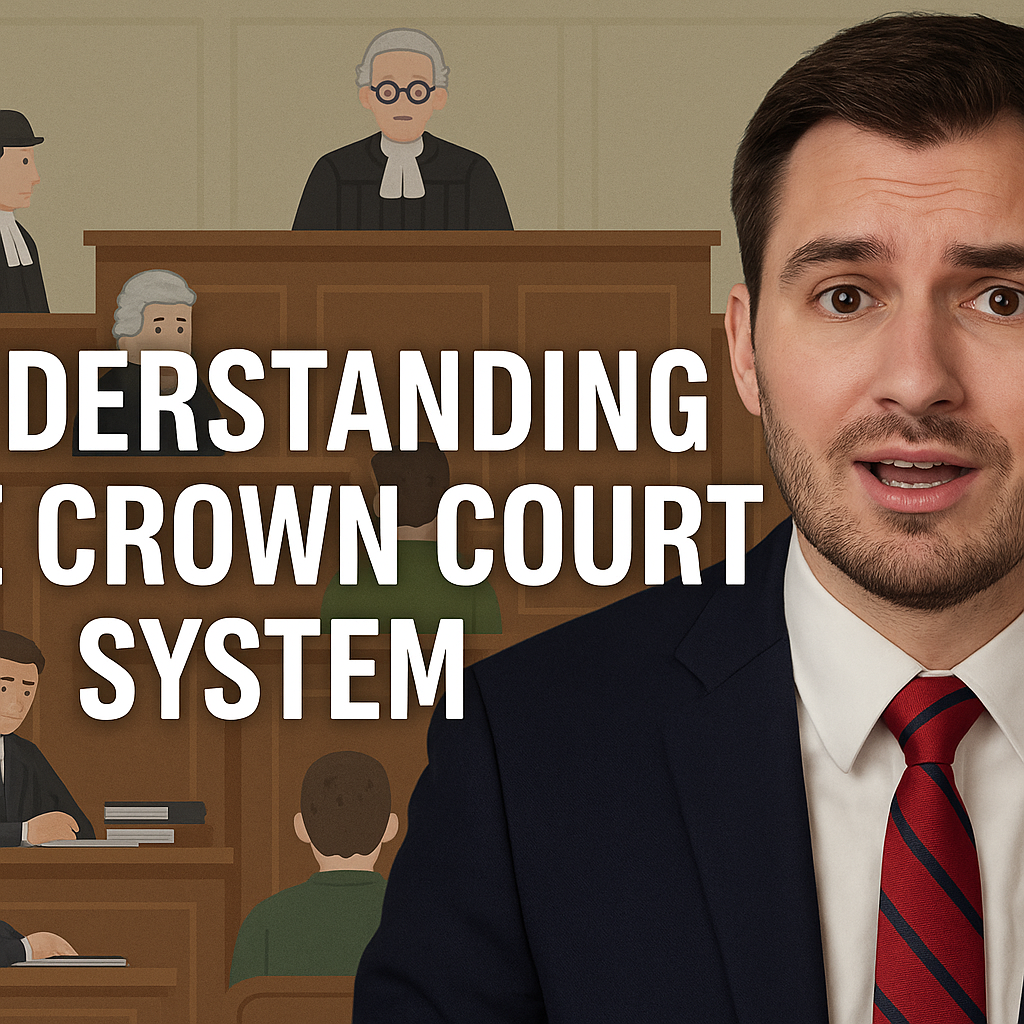
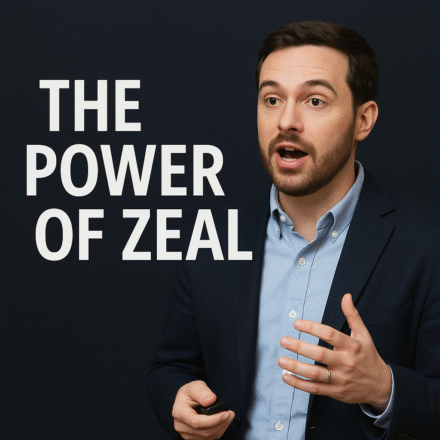
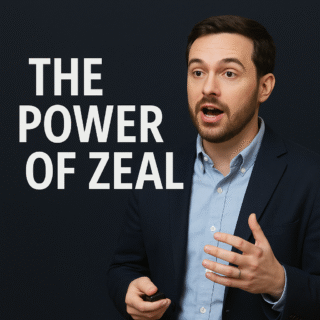
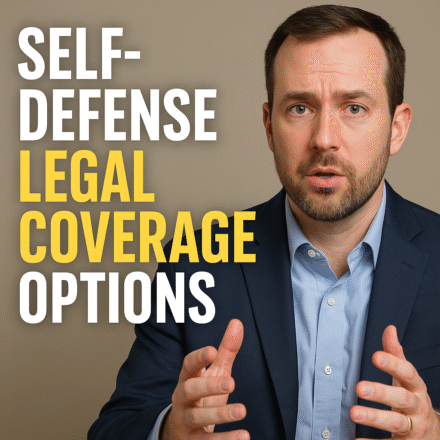
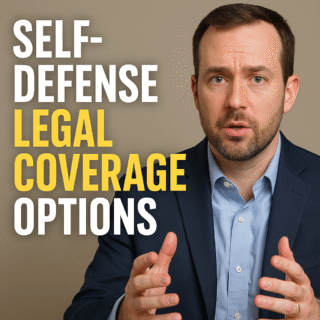
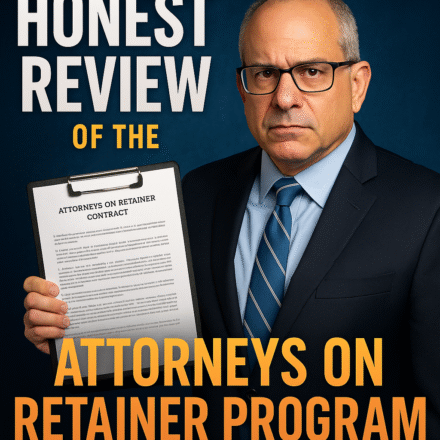
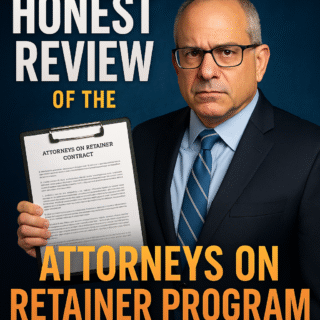


Leave a Comment